Researchers investigate drone delivery of medical supplies to remote communities during pandemic
Unmanned Aerial Vehicles (UAV), commonly referred to as drones, may prove to be a valuable tool in the battle against pandemics like COVID-19. Researchers at the University of Calgary, the Southern Alberta Institute of Technology (SAIT), Alberta Health Services (AHS) and Alberta Precision Laboratories (APL) are partnering with the Stoney Nakoda Nations (SNN) to deliver medical equipment and test kits for COVID-19 to remote areas, and to connect these communities to laboratories more quickly using these remotely piloted aircraft.
UCalgary, SAIT, AHS and Alberta Precision Laboratories partner with the Stoney Nakoda Nations
Access for all
“We know that testing for COVID-19 is one of our most effective tools against its spread. Many remote communities in Canada do not have easy access to testing centres and medical supplies to support rapid testing and containment. Drones can help us respond to that need,” says Dr. John Conly, MD, medical director of the W21C Research and Innovation Centre at the Cumming School of Medicine (CSM) and co-principal investigator on the project.
By chance, Conly met Wade Hawkins, the lead researcher at SAIT’s Centre for Innovation and Research in Unmanned Systems (CIRUS), during a lunch break at a medical conference in November 2019. Together they dreamed up the idea of drone delivery of medical supplies to remote sites across Alberta. The pandemic pressed their idea into immediate action.
“In many areas of Canada, drones must be guided and monitored with the assistance of line of sight,” says Hawkins, co-principal investigator on the project. “We hope to move beyond visual line of sight and fly from a lab or health centre directly to a remote community.”
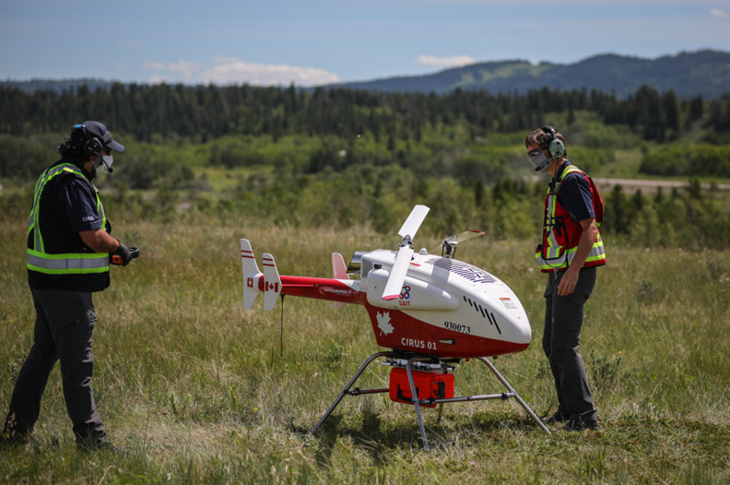
Currently, ground transportation via APL, DynaLIFE or a third-party service carries samples from remote areas to labs in Alberta. Rural areas also use “hot shot” priority courier services when necessary to pick up samples. Drones could complement those existing full services, and provide access when traditional means will not work. The SNN was eager to be involved in the research as it has three locations in Alberta, and not all points are easy to access.
“Our reserve in Morley has multiple access points, however, our satellite reserves in Eden Valley and Big Horn are remote and a delivery system using drones could play a critical role in the health and safety of our communities,” says Ryan Robb, CEO of the Stoney Tribal Administration. “Like many remote Canadian communities, weather can play a key role, for example depending on the time of the year, ice roads and floods can create access barriers.”
A tech-driven lifeline
TransAlta Corporation came onboard to support the research. Many TransAlta employees work in remote areas, and in an emergency medical situation, help via a drone could play a critical role in survival until first responders arrive. Dr. Andrew Kirkpatrick, MD, a trauma surgeon at the Foothills Medical Centre and professor at the CSM, is using the drone to deliver a portable ultrasound unit.
“With this device, and access to a smartphone, with connectivity, a person can be guided remotely by an expert medical professional to perform an ultrasound on themselves or to have someone at the scene perform it on them,” says Kirkpatrick. “We’ve confirmed this system can be used to check for evidence of COVID-19 in the lungs, and I can see it being utilized for many other medical emergencies, from diagnosing broken bones to ruptured spleens.”
SAIT’s drone in action
The researchers conducted a successful test run at the Morley reserve on June 25 using SAIT’s unmanned SwissDrones SDO 50 V2 helicopter, which can carry a payload of up to 45 kilograms. The load included personal protective equipment and COVID-19 test kits.
“We were able to confirm test kits for COVID-19 can be delivered to a remote area, and the samples can survive the return to a lab with no degrading of the specimen,” says Conly. “This could open many doors for us to reach remote and isolated locations for all medical emergencies, including the current pandemic.”
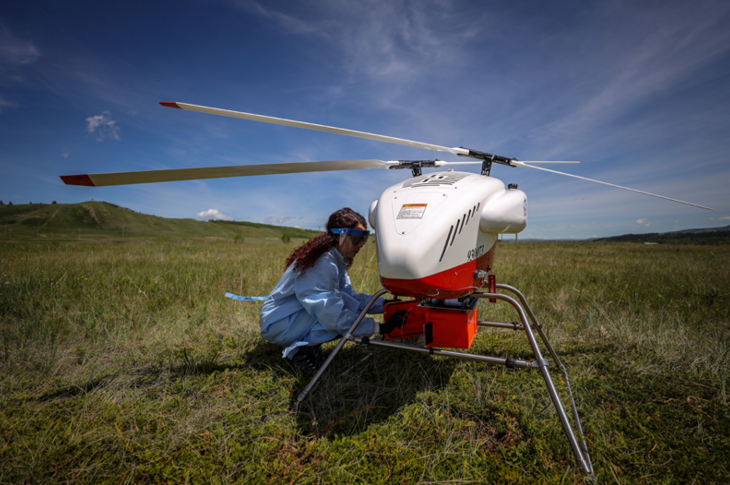
Dr. Byron Berenger, MD, medical microbiologist with APL, notes that samples used in the trial are non-infectious and pose no risk to the public.
“To transport specimens from patients in the future, we will need to look at options for securely transporting them; such measures are currently taken for road and air transportation of samples,” Berenger says. “Whatever the proposed solution, we would work with Transport Canada for regulatory approval.”
Researchers are planning additional trial runs in the coming weeks at the SNN’s Eden Valley and Big Horn reserves. If drone delivery proves effective, Conly says the project could grow from a Calgary initiative to a tool used nationally and even globally to respond to medical emergencies in remote and isolated areas.
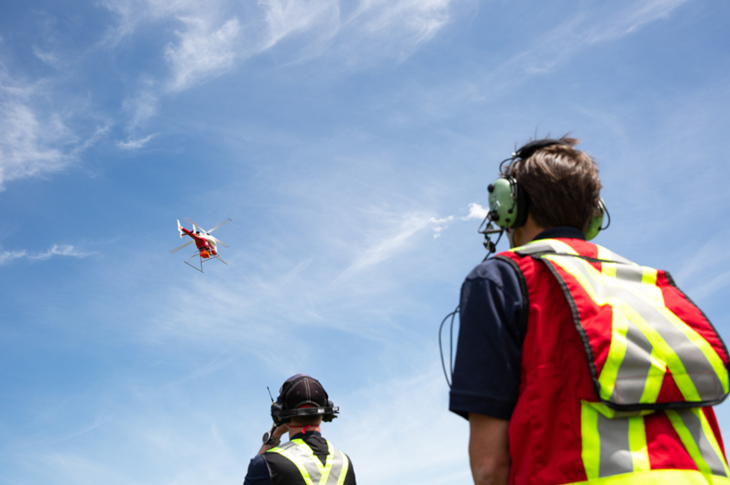
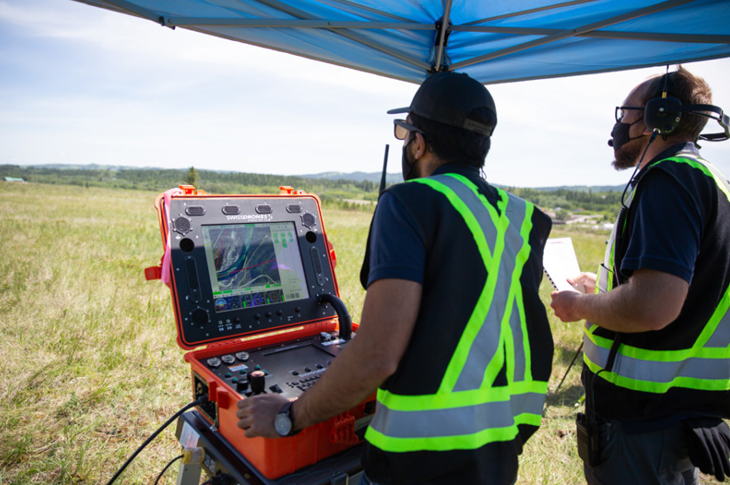
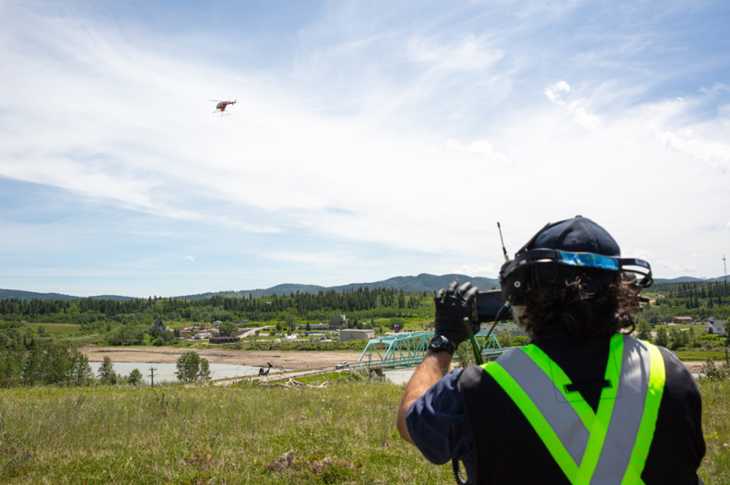
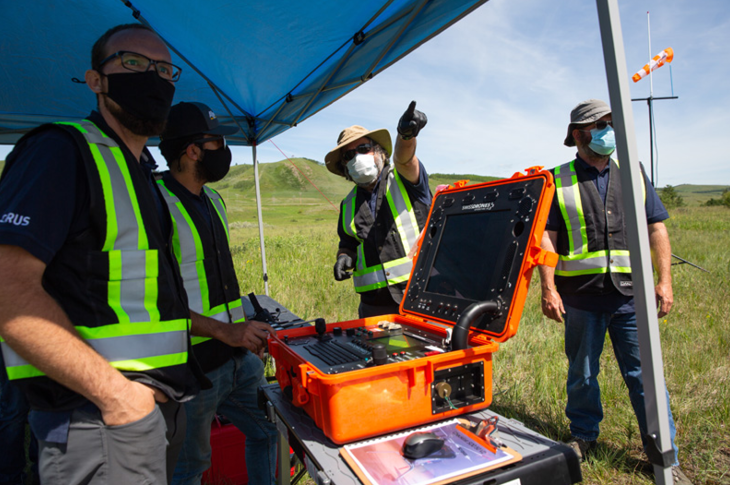
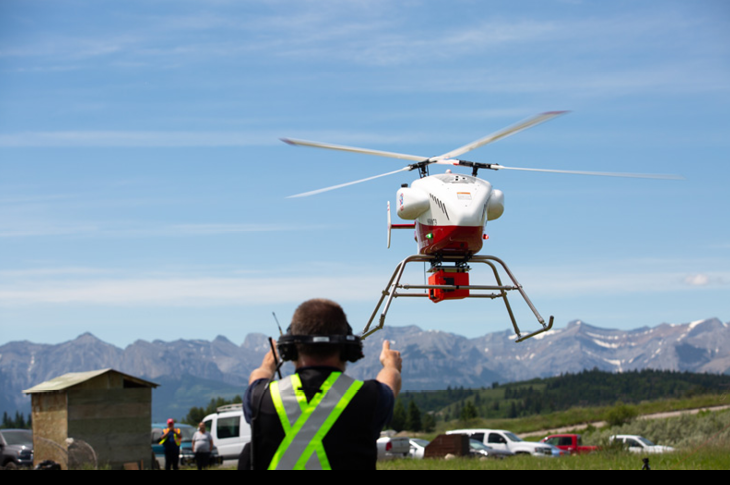
Helping industry partners take flight
SAIT is a solution provider for industry — a commitment reinforced in our strategic plan, New World. New Thinking.
In addition to TransAlta Corporation, this research is supported by an anonymous donor and the Nickle Family Foundation. CIRUS is funded by the Natural Sciences and Engineering Research Council of Canada.
Industry Driven
We prepare students for successful careers and lives.
SAIT'S
2020-2025
Strategic plan

Oki, Âba wathtech, Danit'ada, Tawnshi, Hello.
SAIT is located on the traditional territories of the Niitsitapi (Blackfoot) and the people of Treaty 7 which includes the Siksika, the Piikani, the Kainai, the Tsuut’ina and the Îyârhe Nakoda of Bearspaw, Chiniki and Goodstoney.
We are situated in an area the Blackfoot tribes traditionally called Moh’kinsstis, where the Bow River meets the Elbow River. We now call it the city of Calgary, which is also home to the Métis Nation of Alberta.